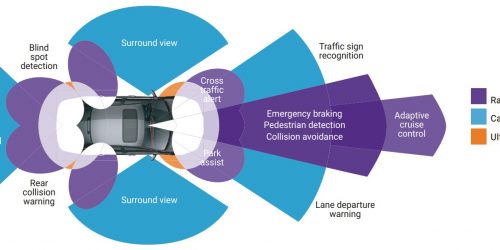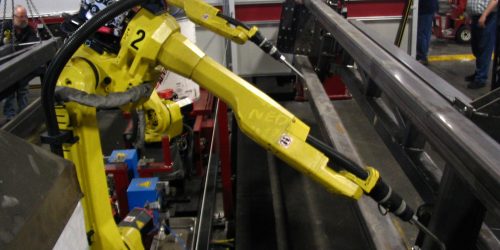Speeding Up Semantic Segmentation Using MATLAB Container from NVIDIA NGC
This article was originally published at NVIDIA's website. It is reprinted here with the permission of NVIDIA. Gone are the days of using a single GPU to train a deep learning model. With computationally intensive algorithms such as semantic segmentation, a single GPU can take days to optimize a model. But multi-GPU hardware is expensive, […]
Speeding Up Semantic Segmentation Using MATLAB Container from NVIDIA NGC Read More +




